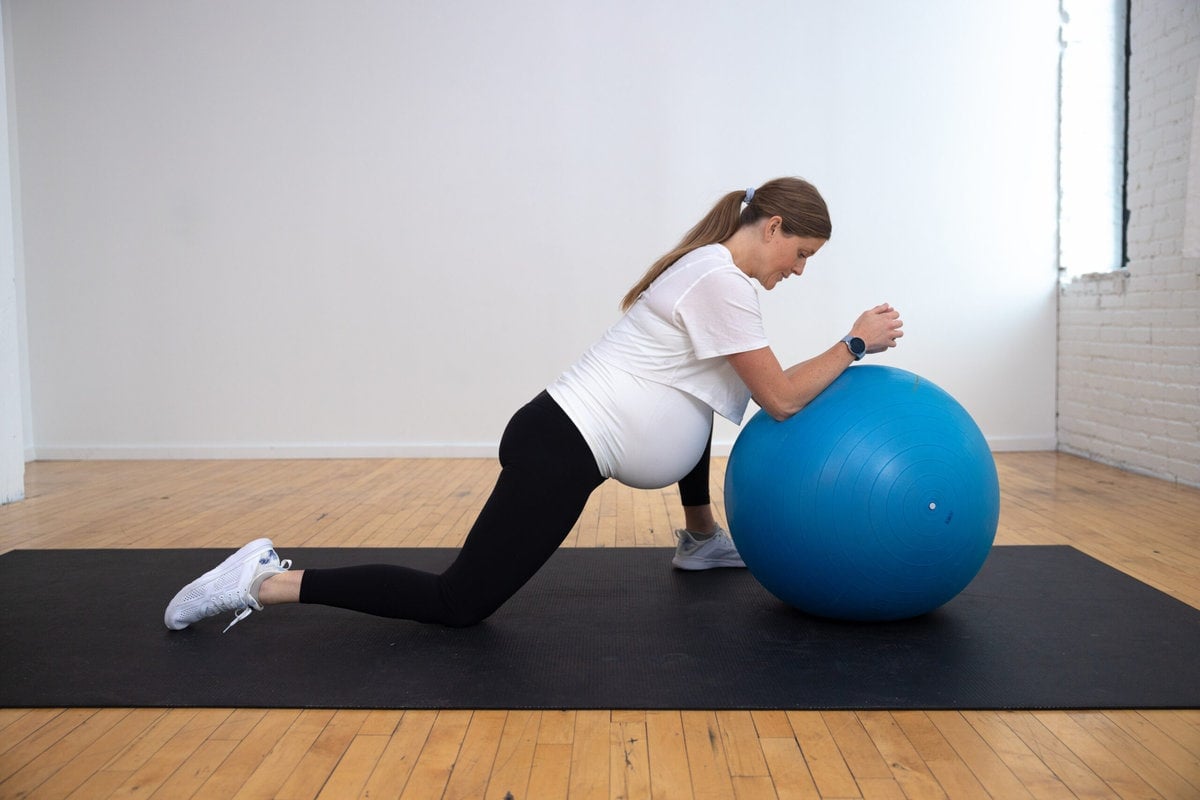
Pregnancy Exercise Ball: A Comprehensive Guide for Expecting Mothers
Introduction
Pregnancy is a transformative journey that brings both physical and emotional changes. As your body adapts to accommodate the growing baby, it’s essential to engage in safe and effective exercise to maintain optimal health and well-being. One versatile tool that can greatly benefit pregnant women is the pregnancy exercise ball, also known as a birthing ball.
Benefits of Pregnancy Exercise Ball
Incorporating a pregnancy exercise ball into your prenatal routine offers numerous advantages:
- Improved posture and balance: The ball helps strengthen core muscles, which are crucial for maintaining proper posture and balance throughout pregnancy.
- Reduced back pain: By supporting the lower back and pelvis, the ball can alleviate common pregnancy-related back pain.
- Enhanced flexibility and mobility: The ball’s rounded shape allows for a wide range of movements, promoting flexibility and mobility in the hips, pelvis, and spine.
- Pelvic floor strengthening: Exercises performed on the ball can strengthen the pelvic floor muscles, which support the uterus, bladder, and rectum.
- Improved circulation: The ball’s gentle bouncing motion can stimulate blood flow, reducing swelling and improving overall circulation.
- Labor preparation: The ball can be used for labor preparation exercises, such as squats and pelvic tilts, which can help open the pelvis and facilitate delivery.
Choosing the Right Exercise Ball
Selecting the appropriate pregnancy exercise ball is crucial for safety and comfort. Consider the following factors:
- Size: The ball should be large enough to allow you to sit comfortably with your feet flat on the floor. For most women, a 65-centimeter ball is recommended.
- Material: Choose a ball made of durable, non-toxic material, such as PVC or latex.
- Burst resistance: Opt for a ball with a high burst resistance rating to minimize the risk of deflation during use.
Safety Precautions
While the pregnancy exercise ball is generally safe, it’s important to take precautions to avoid injury:
- Consult your healthcare provider: Before starting any exercise program, consult with your healthcare provider to ensure it’s appropriate for your pregnancy.
- Start gradually: Begin with short sessions of 10-15 minutes and gradually increase the duration and intensity as you progress.
- Use proper form: Always maintain good posture and engage your core muscles when performing exercises on the ball.
- Avoid bouncing: Excessive bouncing can put unnecessary strain on your body. Focus on controlled movements and gentle rocking.
- Listen to your body: Stop any exercise that causes pain or discomfort.
Exercises for Pregnancy
The pregnancy exercise ball can be incorporated into various exercises tailored to different stages of pregnancy:
First Trimester
- Seated pelvic tilts: Sit on the ball with your feet flat on the floor. Tilt your pelvis forward and back, engaging your core muscles.
- Ball squats: Stand with your feet hip-width apart and place the ball behind your lower back. Squat down, keeping your chest up and knees aligned with your toes.
- Wall push-ups: Place your hands on the ball against a wall, shoulder-width apart. Step back until your body forms a straight line from head to heels. Perform push-ups, lowering your chest towards the ball.
Second Trimester
- Ball bridges: Lie on your back with your knees bent and feet on the ball. Lift your hips towards the ceiling, squeezing your glutes at the top.
- Side plank with ball: Lie on your side with your forearm on the ball and your body in a straight line. Lift your hips off the ground, engaging your core and obliques.
- Pelvic floor exercises: Sit on the ball with your feet flat on the floor. Contract your pelvic floor muscles for 5-10 seconds, then release.
Third Trimester
- Birthing ball squats: Sit on the ball with your feet flat on the floor. Widen your stance and squat down, keeping your back straight.
- Pelvic circles: Sit on the ball and make small circles with your pelvis, moving in both clockwise and counterclockwise directions.
- Labor preparation exercises: Use the ball for labor preparation exercises, such as pelvic tilts, squats, and lunges.
Conclusion
The pregnancy exercise ball is a versatile and beneficial tool that can enhance your prenatal health and well-being. By incorporating it into your exercise routine, you can improve your posture, reduce back pain, strengthen your pelvic floor muscles, and prepare for labor. Remember to consult with your healthcare provider before starting any exercise program and follow safety precautions to ensure a safe and enjoyable experience.